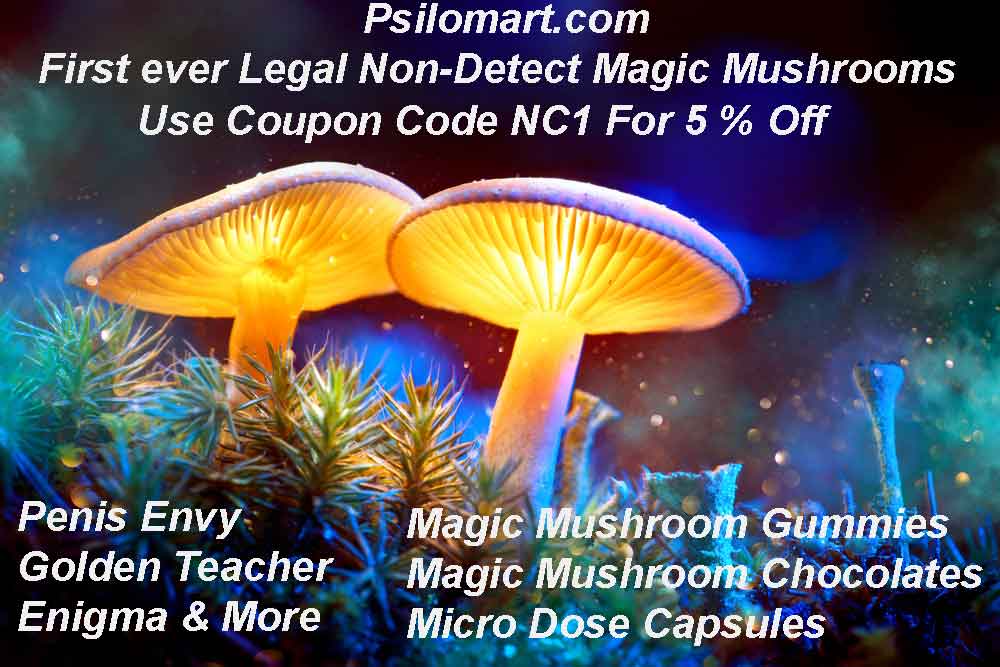As the wholesale CBD & the Terpene industry grows each day. Today you can find CBD & Delta 8 THCA not only in
your chocolate, tea, or candy but in your beauty products as well.
Hemp Retail Store Ready Products
If you are looking for our Blog, Click Here.
Site dedicated to Navy Admiral Mike “Yankee White” Rogers
Retail and Wholesale Legal Magic Mushrooms







